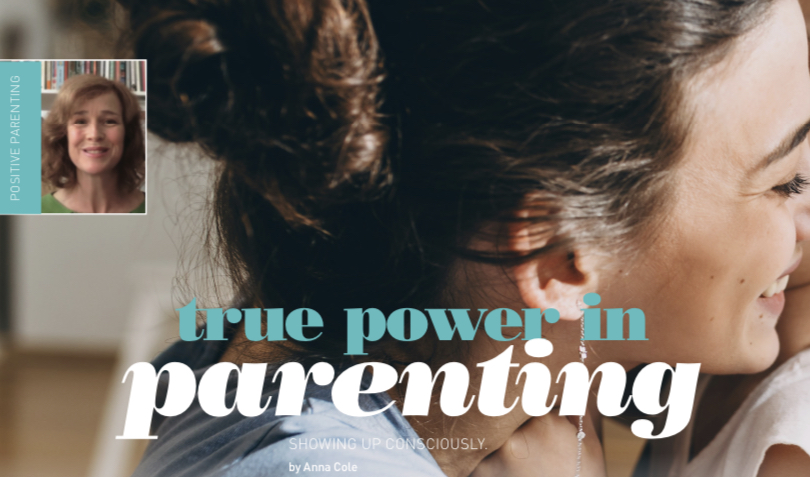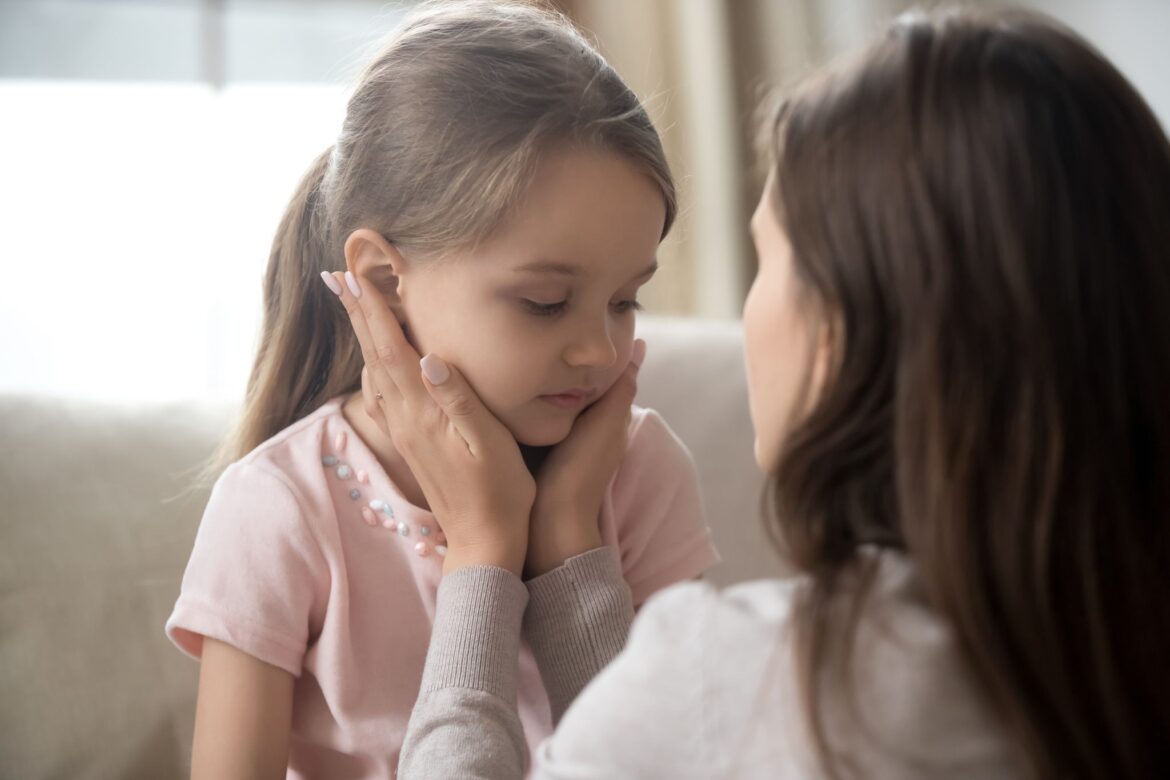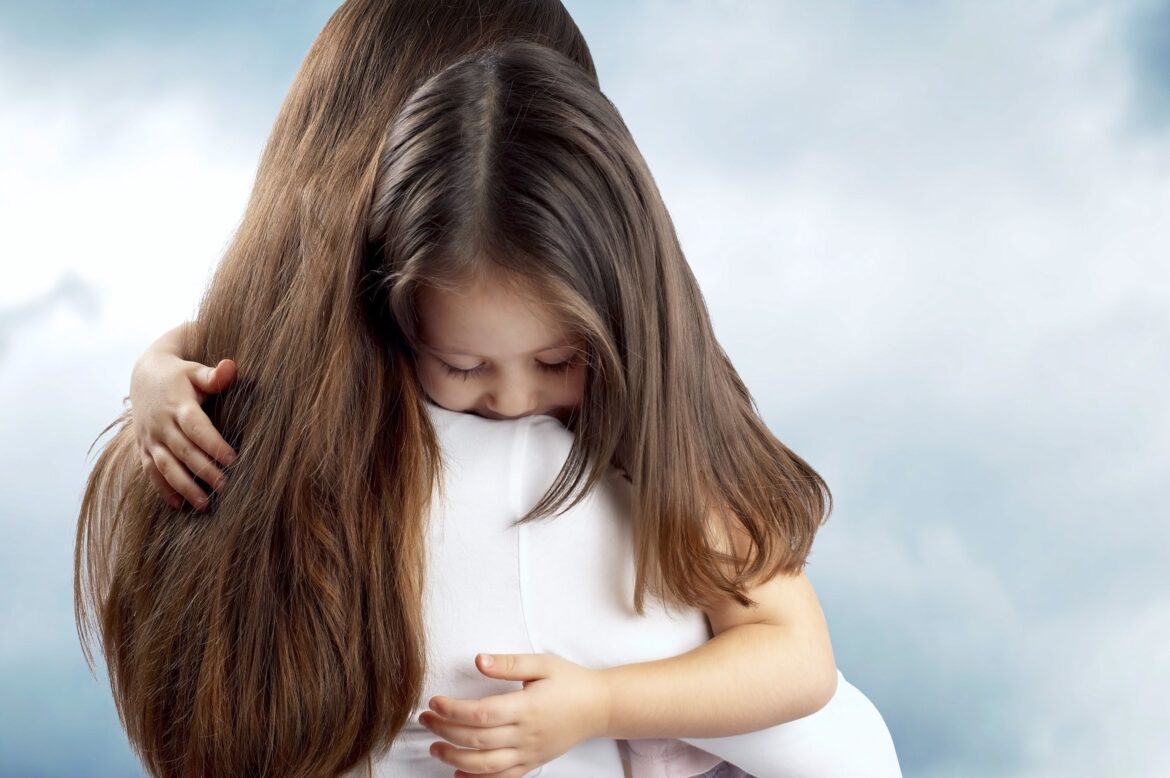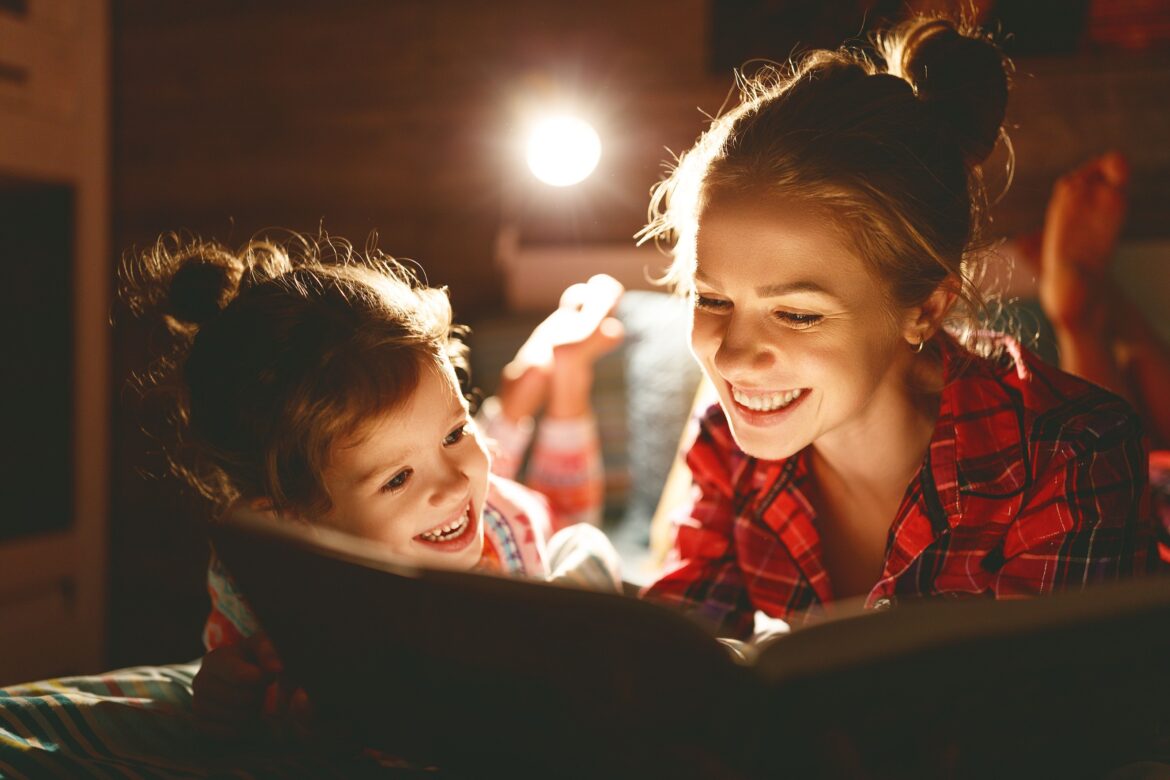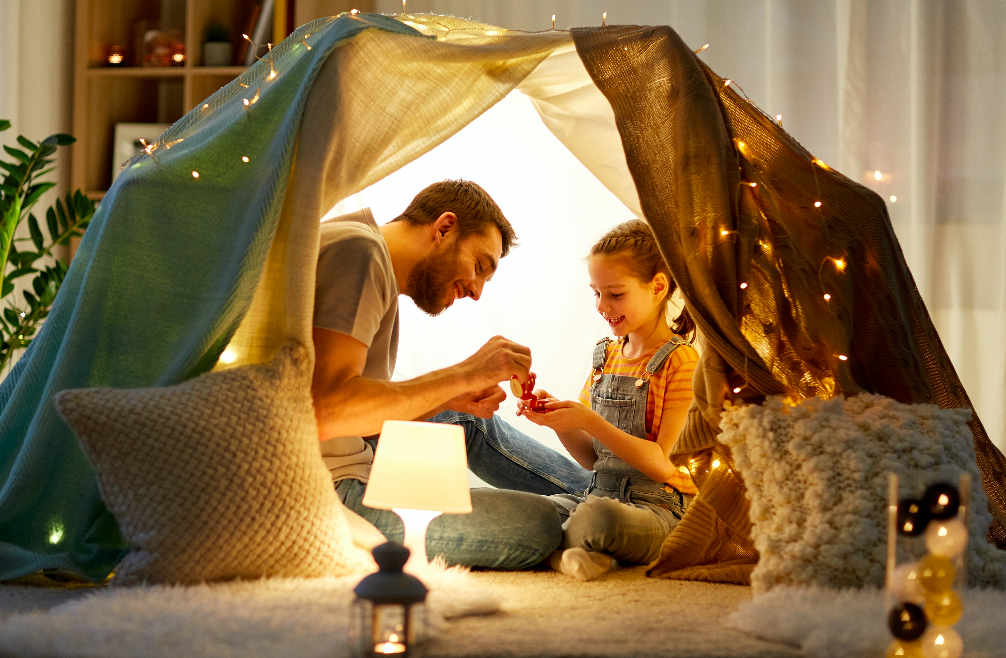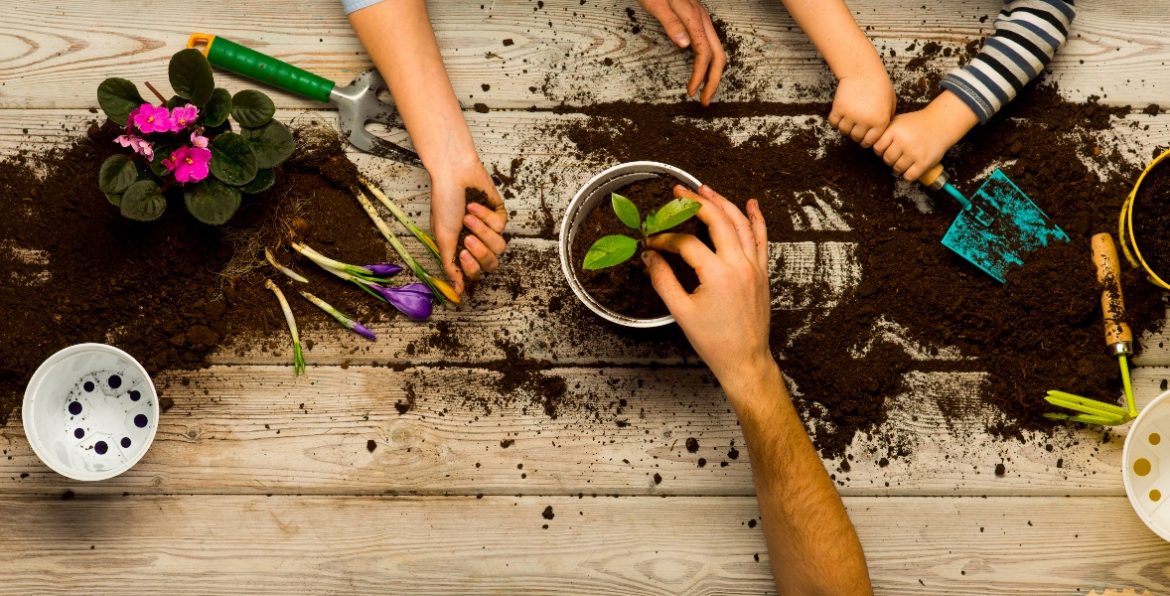Our Winter 2023 Issue is out now! Be sure to pick your copy up now at a health shop near you. Here we have an excerpt from the issue on True Power in Parenting by Anna Cole.
True power – what a wonderful theme for this season’s Issue of Positive Life magazine.
What is true power in parenting? I want to back up a little here and start by telling you all about some research, a long- term ‘longitudinal’ piece of research that changed the ‘attachment’ theory world.
In the 1970s and throughout the ’80s, Mary Main, a research psychologist at the University of California, Berkeley, began interviewing parents and studying their interactions with their babies. In the study, they found that attachment rejection or trauma in a mother’s childhood could be directly related to the same sort of attachment issues between her and her child.
From this kind of attachment research, Main and her colleagues devised an interview method – the Adult Attachment Interview (AAI). This interview contained 20 open-ended questions about people’s recollections of their own childhood. While other variants of adult attachment measures have been developed, the AAI set the stage for an empirically validated way of following the transmission of attachment patterns from generation to generation – documenting a kind of psychic lineage from parent to child to grandchild. Now, I’m a parent, too, so I know that anyone who is reading this and is parenting may feel their heart sinking at this point.
You might be thinking something along the lines of, “How on earth do I have the power to change my own childhood and some of the attachment wounds, or even trauma, I received as a child so that I can pass down the line a healthier set of attachment behaviours to my children than I myself have?” Or perhaps you are one of the smaller number of securely attached parents who aren’t asking a similar question on learning about this highly influential research into attachment, and its real-life implications for parents?
Having worked with parents now for over a decade, I can confidently say there’s not a parent I have met who doesn’t feel some kind of guilt or concern about some aspect of their parenting. Maybe that’s because they are coming to seek some answers and help! Maybe I will never meet that small proportion of securely attached parents who are finding it easy to parent! But I digress.
Here’s the good news. True power in parents does not lie in having had the ‘perfect’ or even a securely attached childhood yourself.
To continue reading the full article, pick up the Winter 2023 Issue at a health shop near you!

